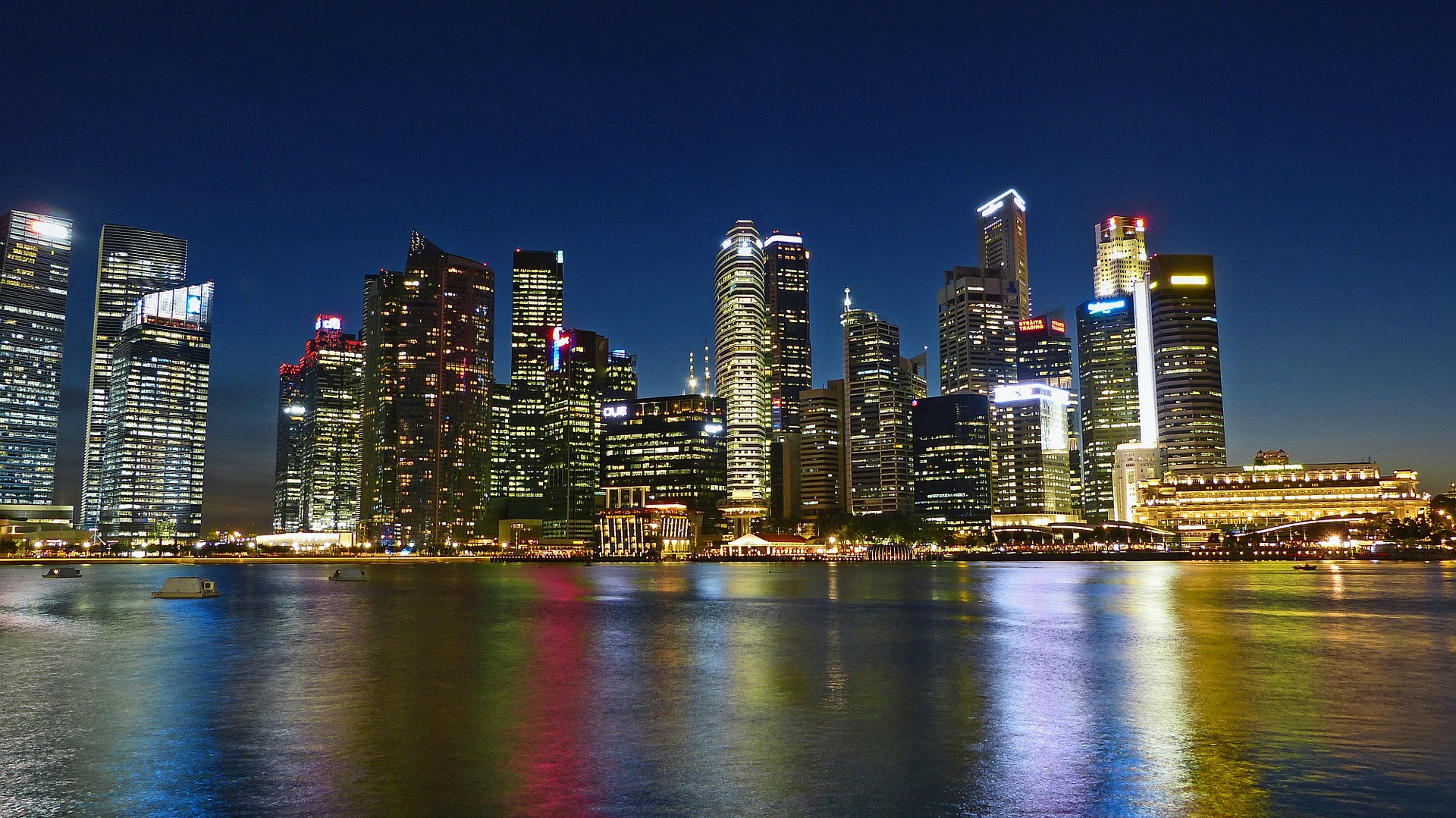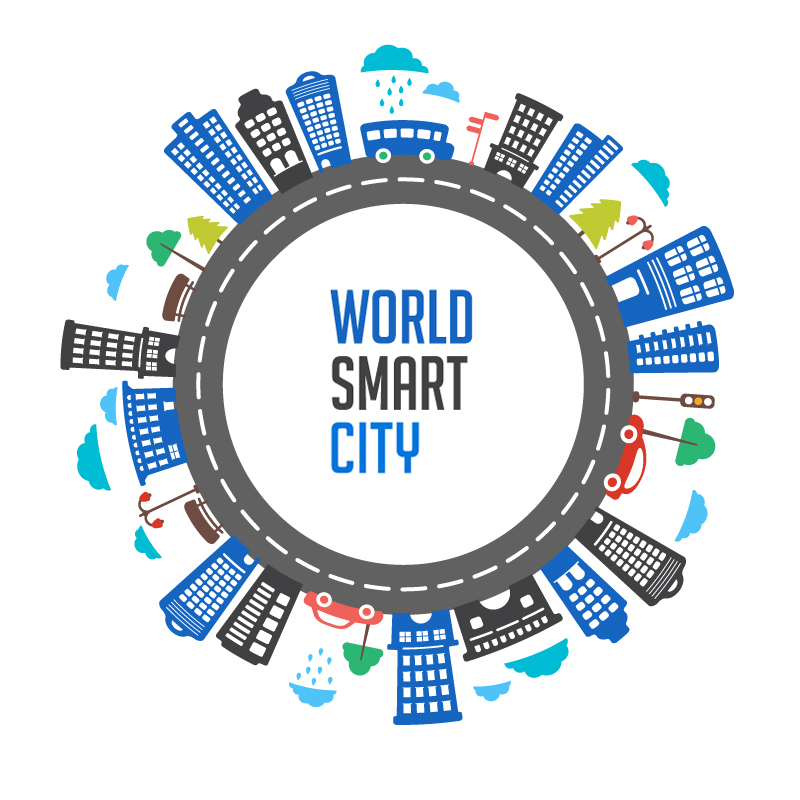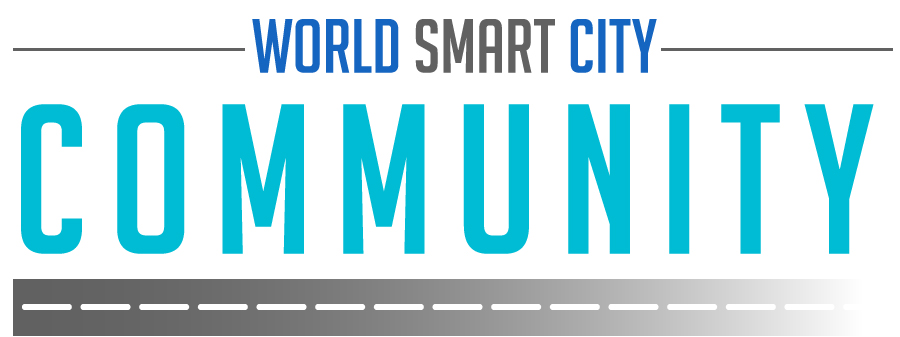Rapid transit shows record growth in 2016
Over the last year, there has been international record growth in fixed-route transit, according to a comprehensive collection of rapid transit data compiled by the Institute for Transportation and Development Policy (ITDP). ITDP looked at bus rapid transit (BRT), light rail transit (LRT), and Metro built in 2016 in 373 urban areas around the world.
“These numbers do indicate to us that, despite all the hype of private transit such as Uber, and the excitement about automated vehicles, cities are, of course, continuing to see increasing demand for transit,” Michael Marks, Transport Research Associate for ITDP, told Cities Today. “In fact, we have seen progress in rapid transit development in cities in the Global South that have traditionally been dominated by informal and private transit modes, such as minibuses.”
BRT was a marginal mode until around the beginning of the new millennium but has since become an increasingly popular choice for cities around the world.
More than twice as much bus rapid transit was built in 2016 compared to light rail transit, continuing the trend of BRT growth outpacing the increasingly less popular option. 2016 marked the fifth straight year where more BRT opened than LRT, and while there are more kilometres of LRT, BRT is rapidly catching up. At this rate of construction, the total length of operational BRT should catch up by 2030.
“Cost and construction speed are perhaps the biggest selling points of BRT, and largely explain why it has become a popular transit solution for cities, especially in the developing world,” added Marks. “If built correctly, BRT can achieve capacities that are almost on par with Metro corridors at one-tenth of the cost. And while some cities prefer the aesthetics of light rail, even the highest performing LRT corridors do not match the capacities of their BRT counterparts, and tend to cost around twice as much.”
Brazil, which for most of the past two decades was stagnant or declining in terms of its rapid transit, in the past five years has seen a notable improvement, driven mostly by a spate of BRT construction. Since 2012, 171.6 kilometres of BRT have opened in Brazil. This period of transit expansion coincides with the preparation for the 2016 Summer Olympics in Rio de Janeiro, and indeed 70 percent of BRT built in Brazil during this period was built in the Rio de Janeiro metropolitan area. However, over this same time frame, Brasilia and Belo Horizonte both opened their first BRT corridors, indicating a nationwide trend towards BRT.


